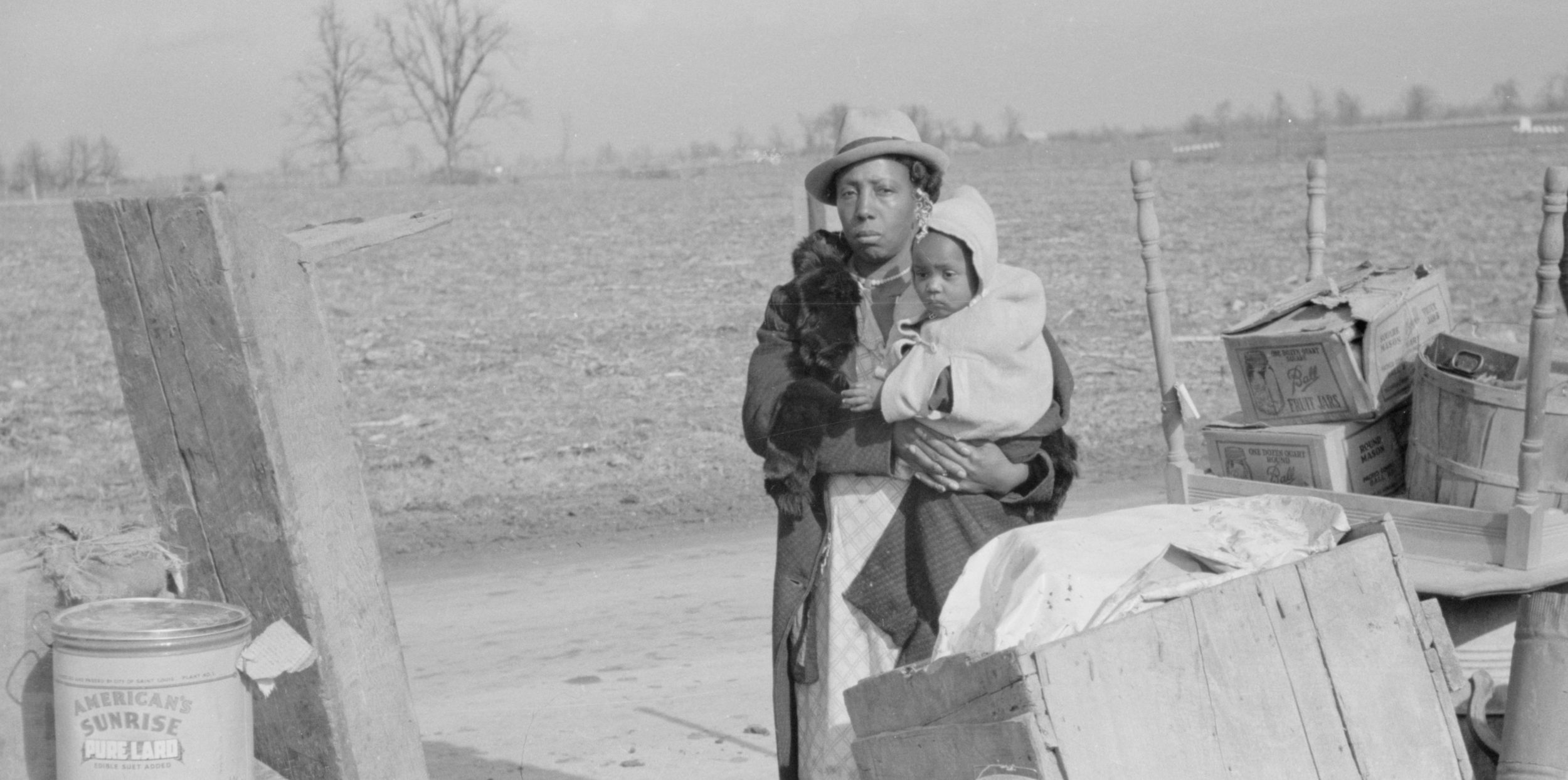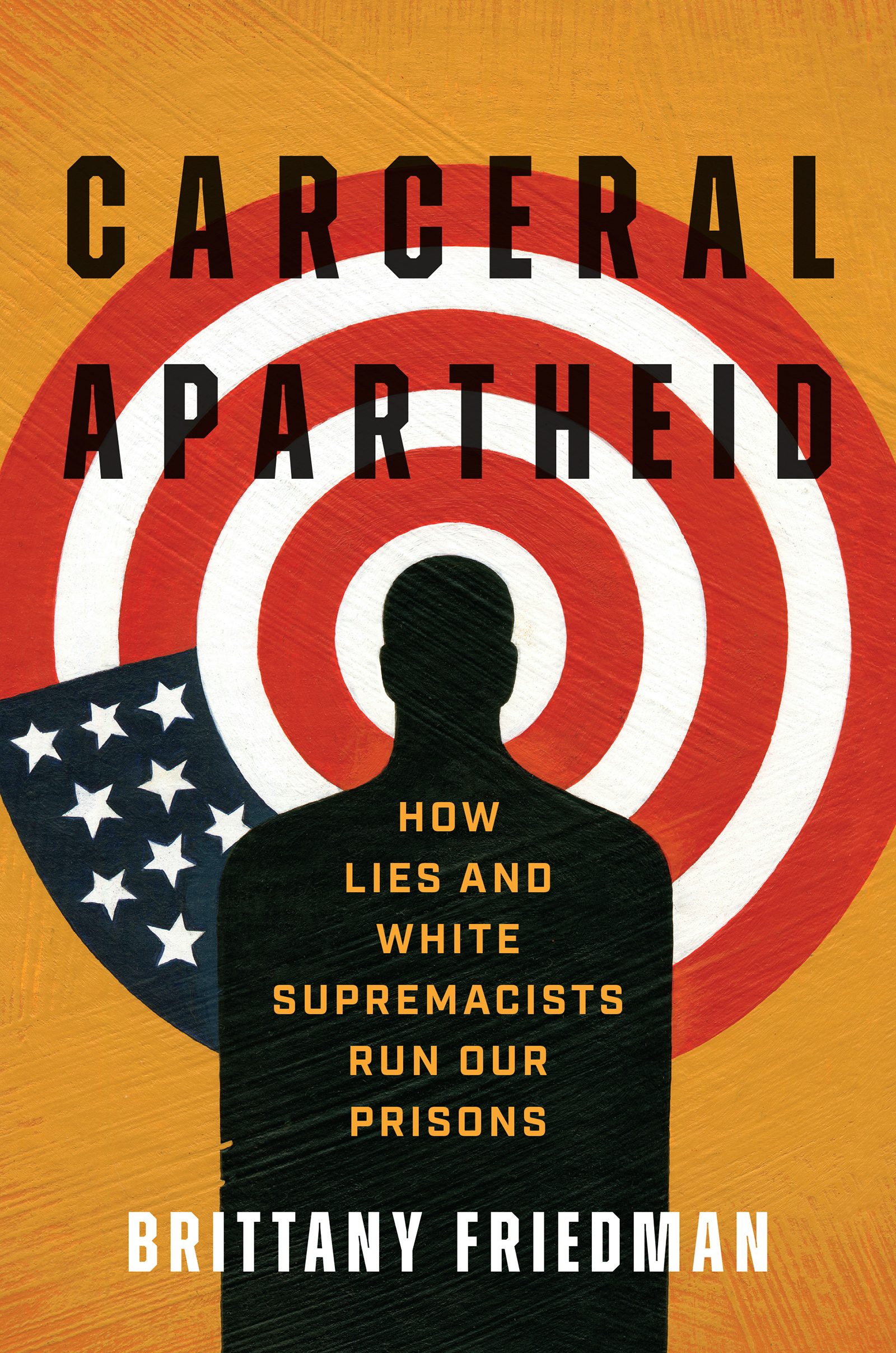My family comes from all throughout the Deep South, but I grew up in Missouri. Born in 1914, my maternal grandmother Early Ida Marie Coffee Wilderness Avery was once a sharecropper and young mother evicted from her home. My mother’s family found a photograph of my grandma holding my aunt surrounded by their belongings on the side of a highway in Southeast Missouri. It is held in the Library of Congress. The archive labeled the photograph “Evicted sharecropper,” but when I see the image, I see my family, our hopes and dreams, and a world that has forced us to be resilient. In 1939 my grandma was a part of a major protest staged by 1,500 evicted sharecroppers and the Southern Tenant Farmers’ Union, who lined up along Highways 60 and 61 in New Madrid County, Missouri, otherwise known as the “Bootheel.” All their belongings lay strewn along the roadside for passersby to see their desperate conditions. Though mostly Black sharecroppers, a group of poor white sharecroppers also joined the protest, signaling a moment of crossracial consciousness against division and exploitation, which terrified the state. Highway patrolmen were sent by white landlords to intimidate the protesters to leave and, eventually, the local police forcibly relocated several hundred people evicted from their homes to dire circumstances in the nearby swampland.
Born in the 1950s, my mother and father grew up in small rural towns in the Bootheel, an area of my home state I frequently visited as a child. Driving down to my grandma’s house, my dad would point out the swamplands where rice was grown, the fields where he picked cotton as a small child after school, the Hayti Negro School where he received a segregated education even after the 1954 Supreme Court Brown v. Board of Education decision, and the tiny house in the “projects” where my grandma raised my mom and her eleven siblings. Strong and unstoppable, Grandma taught me that in this family we speak the truth. Many conversations around her table and at family functions shared interactions people had with police and their experiences inside jails and prisons.
I remember as a child being on a road trip through Missouri and unfortunately needing to stop in “Klansville,” a region that all Black people in our state know to avoid, because our car required gasoline. When my dad tried to pump the gas, the attendant deliberately turned the pump off and smirked through the window as dad was frustratingly forced to put the nozzle back on the pump holder. My sister and I needed to stretch our legs, but my mom advised us to get out quickly, move some, and then get back in the car as my dad went inside to speak to the station attendant. When I stepped out of the car (I was an elementary school kid), I remember the white people at the gas station staring at us, shooting hateful darts with their eyes at the audacity of a “colored” family stopping in their little white town. I remember a white woman’s anger and confusion at the sight of my mom, sister, and me—our skin tones ranging from caramel to yellow to light brown. Racist and confused, she did not know that Black people, thanks to legacies of colonialism, genocide, and rape, could come in many shades, even in one family. The woman continued to stare in disgust as my dad returned to the pump, his head down so I could not tell whether he was ashamed or angry. Looking back, I suspect he was likely both.
The white crowd continued to stare.
Keep in mind that all these white people did not know each other personally, but even still, they all knew what team they were on, and they all knew they were white, together, and that we were not. They psychically and then socially agreed, almost like a program, that we did not deserve to exist freely without their collective punishment. It was cultural instinct.
Dominance enacted by white supremacist civilians, often empowered by their status as adjacent to law enforcement, forms a web of white solidarity predicated on the assumption of Black inferiority. Black people know this well from an embodied rather than a descriptive place.
My book Carceral Apartheid explores examples of white civilians who, emboldened by their whiteness, collectively berate, humiliate, and degrade Black people. Through their actions, they contribute to a government-sponsored project, present since the inception of colonial America, to isolate, target, and ultimately declare a domestic war on Blackness, mobilizing carceral systems such as police, prisons, and jails in order to win a doomed game.
To experience this form of governance, both personally and intergenerationally, produces a simple but dislocating question: Whose governance? We continually witness the power of white solidarity across class, law enforcement, and personal boundaries—even if the actors are complete strangers—in support of the collective decimation of Black people.
More from our decarceral brainstorm
Inquest, finalist for the 2025 National Magazine Award for General Excellence, brings you insights from the people working to create a world without mass incarceration.
Sign up for our newsletter to get the latest in your inbox every Saturday.
Newsletter
Unfortunately, sometimes my memories of this reality move beyond episodes of shaming, such as that experienced at the gas station, and into the anxious realm of impending doom. Like one time in the Mississippi Delta—not too far from where Emmett Till was beaten, tortured, and mutilated, a fact I was well aware of—riding in the back of a modest car while my college friend’s father drove-while-Black. We were young Black women, recounting to her parents the latest tea from our southern university campus. Our joyous conversation and laughter ceased when we all noticed the police lights behind us. The flashing red and blue mimicking the U.S. flag glimmered against the sunlit particles dancing in the air.
I felt my shoulders tighten as the thickness of our fear overtook the car. Her father’s contagious smile immediately fell to the floor, and he swiftly pulled the car onto the right shoulder, the abrupt stop causing red dust to pool on the front dash. We heard feet slowly approaching, and I was too afraid to move or turn around to see who was coming. The crunch of the gravel and leaves warned us with every new step. The middle-aged white officer slowly waved his baton at the car and commanded my friend’s father to roll the window down, placing the baton on the glass as if to push it down faster.
We were alone on that road with him.
To feel his cool blue gaze and smell his hot breath as he leaned into the window and smirked—a smile filled with intention, for he knew as well as we did: he wielded total power over us and could make our bodies exit the car should it please him. He slowly licked his lips and moved the baton across the top of the window, seemingly satisfied for the moment. He bent and pointed the baton at my friend’s father. “Seems like you have some young women in the backseat,” he sneered, grinning as he gestured backward, turning his lower body to face us. My friend and I locked eyes, forgetting to breathe, holding still as if that might help us disappear—our light feeling momentarily dimmed.
I tell you about this memory to draw a throughline from prisons, to a Black grandmother forcibly evicted, to a Black family harassed at a gas station, to two Black girls in the back seat of a car being gawked at by a white police officer. We cannot separate examples of the collective humiliation and degradation of Black people in the service of white supremacy no matter where they occur.
From Carceral Apartheid How Lies and White Supremacists Run Our Prisons by Brittany Friedman. Copyright © 2025 by Brittany Friedman. Used by permission of the University of North Carolina Press.
Image: “Evicted sharecroppers along Highway 60, New Madrid County, Missouri,” photographed by Arthur Rothstein, 1939. Library of Congress Prints and Photographs Division. Public Domain.


